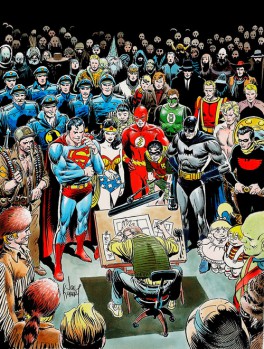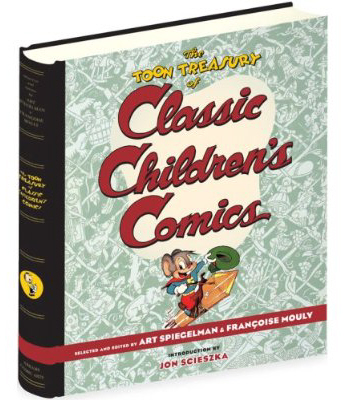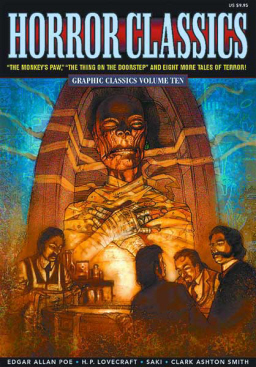In Defense of Red Sonja: Not the Female Conan
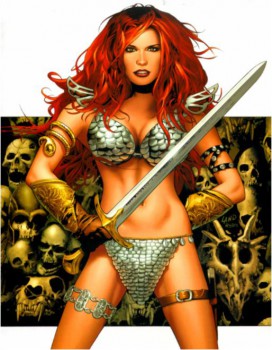 Red Sonja is nearing forty and, even if you don’t recognize the name, you know her. She’s the original girl in the chain mail bikini. There have been warrior women before (Jirel of Joiry) and since (Xena). But when you imagine sexist cheesecake portrayals of women in fantasy, the sort of thing modern creators try to avoid at all costs, you imagine Red Sonja, She-Devil with a Sword. And, frankly, she’s gotten a bad rap.
Red Sonja is nearing forty and, even if you don’t recognize the name, you know her. She’s the original girl in the chain mail bikini. There have been warrior women before (Jirel of Joiry) and since (Xena). But when you imagine sexist cheesecake portrayals of women in fantasy, the sort of thing modern creators try to avoid at all costs, you imagine Red Sonja, She-Devil with a Sword. And, frankly, she’s gotten a bad rap.
She’s a bit of an accidental icon, the sort of strong female character that could only be imagined by men in the midst of the Sexual Revolution.
The Shadow of the Vulture
Red Sonja was originally created by Roy Thomas (though based heavily on Robert E. Howard’s Red Sonya from “Shadow of the Vulture”) as a supporting character in the Conan the Barbarian series. The idea was to present a recurring female character who wasn’t just rescue bait for the Cimmerian, someone who could handle herself in a fight and win his respect as well as an appreciative leer. The iconic red hair was chosen simply because the only two prominent female adventurers in Howard’s original Conan stories were Belit (black hair) and Valeria (blond hair) and Thomas wanted an easy way to differentiate her from them.
Red Sonja first appeared in Conan the Barbarian 23 (February 1973) in a story also titled, “Shadow of the Vulture” (a loose adaptation transposing the setting from the 16th century Ottoman Empire to the Hyborian Age). Conan first encounters her as he races to the gates of Makkalet, a hundred raiders following behind him. As the gates open and Conan is running in, we see Red Sonja running out to meet the raiders, with sword drawn and her own mercenary army at her back. Within five panels of her first appearance, we get the classic description of Red Sonja as “a she-devil more beautiful than the flames of Hell.”
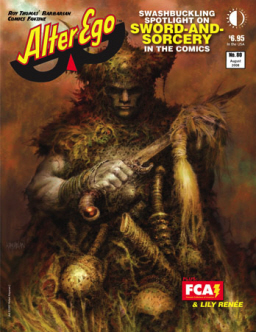
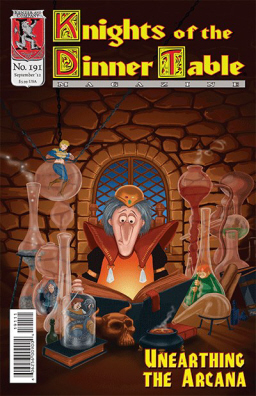
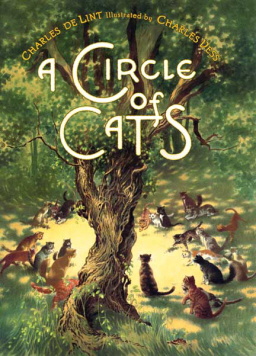
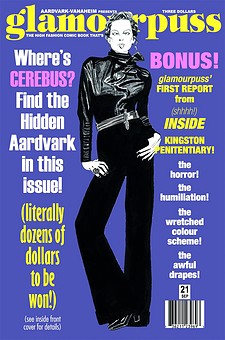
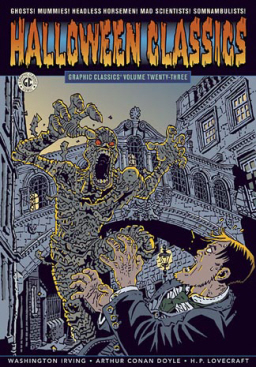
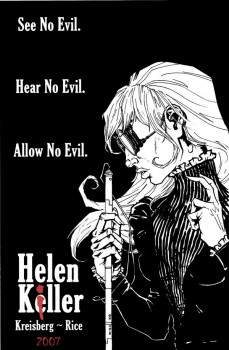 You know the prologue. Contracting an illness (possibly scarlet fever or meningitis) at the age of nineteen months, Helen Adams Keller survived, but was left both deaf and blind. Keller’s parents would eventually contact Anne Sullivan, herself blind, to tutor their daughter (who, at the age of six, still had not grasped the concept of words representing things). By pressing her hand into the girl’s palm, Sullivan was able to teach the girl to read sign language through touch. After that breakthrough, Helen Keller went on to write twelve books, meet thirteen U.S. Presidents, help found the American Civil Liberties Union, and introduce the Akita breed of dog to the United States.
You know the prologue. Contracting an illness (possibly scarlet fever or meningitis) at the age of nineteen months, Helen Adams Keller survived, but was left both deaf and blind. Keller’s parents would eventually contact Anne Sullivan, herself blind, to tutor their daughter (who, at the age of six, still had not grasped the concept of words representing things). By pressing her hand into the girl’s palm, Sullivan was able to teach the girl to read sign language through touch. After that breakthrough, Helen Keller went on to write twelve books, meet thirteen U.S. Presidents, help found the American Civil Liberties Union, and introduce the Akita breed of dog to the United States.